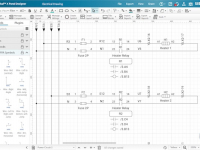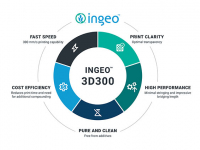
There’s no doubt about it: Simulation has come a long way since its inception.
For decades, analysis was the exclusive domain of expert analysts. They would develop carefully crafted mesh models to assess only the most critical applications, such as automotive crash tests or the tension in a threaded connector. The stakes were immense. Accuracy was paramount. The significant effort invested in those simulations was worth it.
Fast forward to today, and many things have changed with simulation. Automated meshers can produce robust, highquality simulation models. Cloud-based solvers can yield results in minutes. Easier-to-use interfaces make analysis available to practically anyone. And while that technological progress is irrefutable, many companies labor to figure out how to incorporate analysis into their development processes.
While simulation has expanded beyond being an exclusive tool for analysts, many companies continue question whether analysis is an effective tool for their business. Who should be using it? How can it impact your design, prototyping, and decision making? This paper will address questions such as these.
Fill out the information below to download the resource.
Latest News









